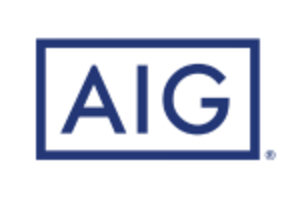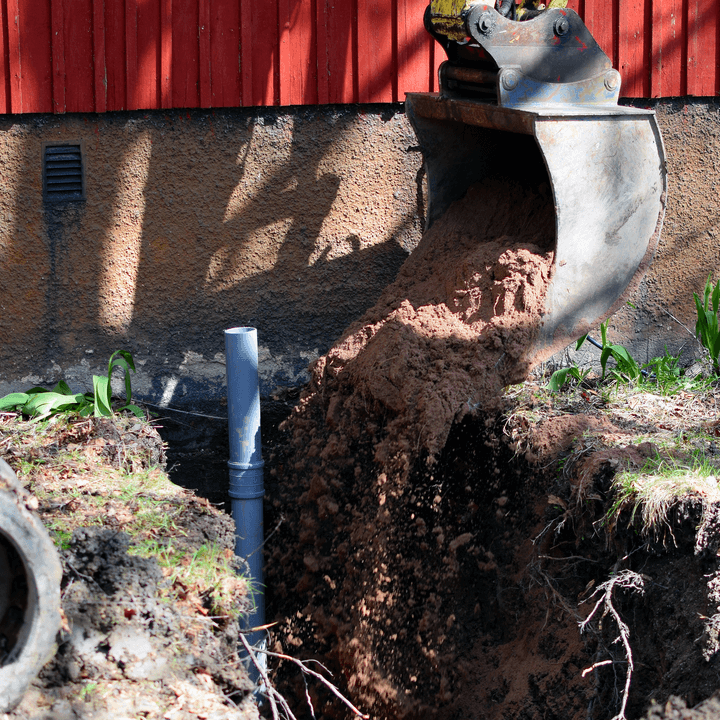
Is sewer line repair covered by insurance? This article explores how the best homeowners insurance policies typically exclude sewer line repairs due to aging pipes or poor maintenance.
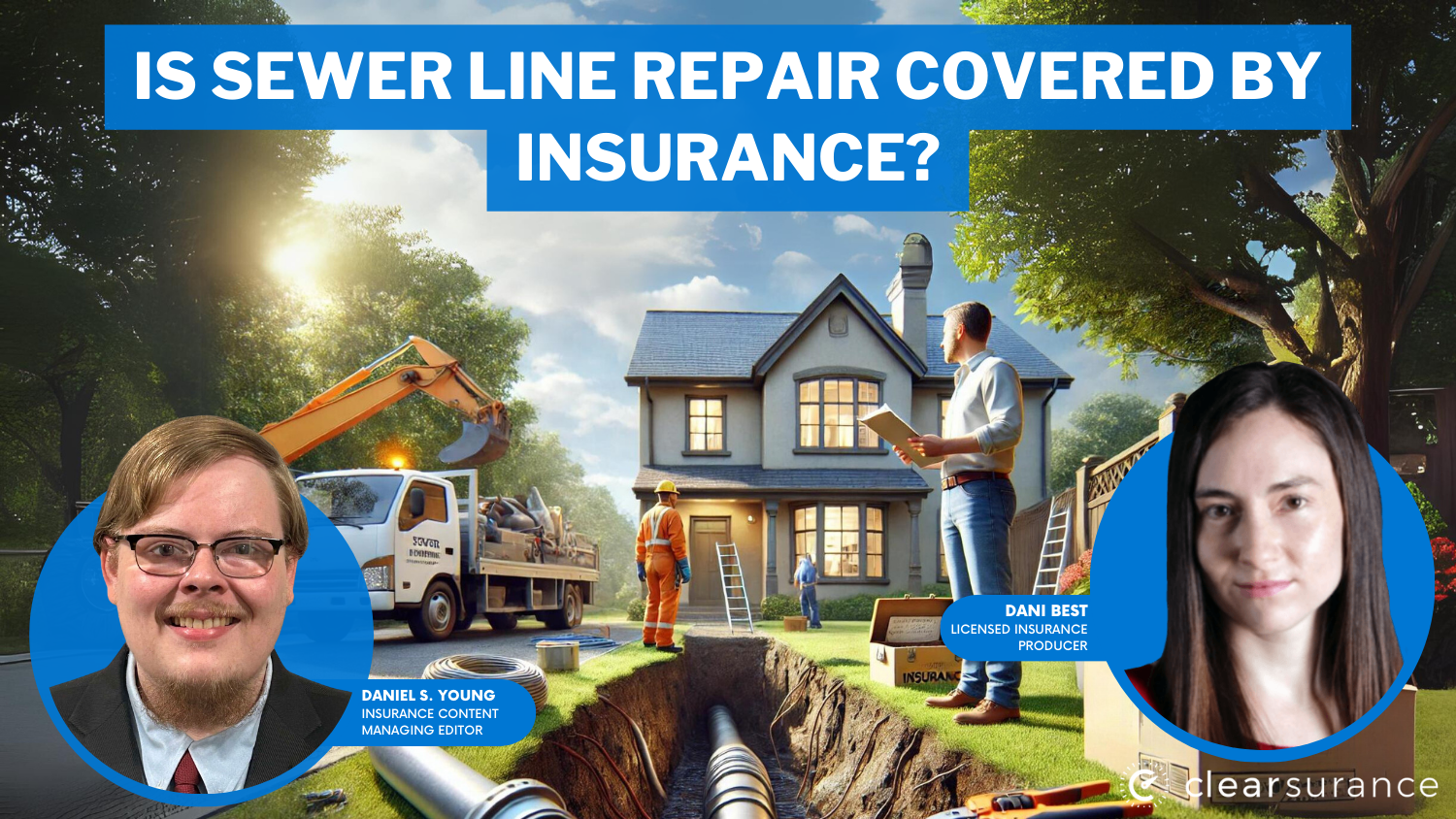
However, in some cases, damage caused by external factors like natural disasters may be covered under specific conditions. Learn about common causes of sewer line damage, how your policy may address them, and the potential for limited coverage based on certain exclusions.
This guide will help homeowners understand the limitations of their policies and whether they should consider additional coverage options. Make sure to review your policy to avoid unexpected repair costs.
Secure cheap insurance for your home by entering your ZIP code into our free quote comparison tool above.
What You Should Know
- 10% of homeowners may have sewer line damage coverage
- Policies usually exclude repairs for aging or damaged pipes
- Check if your policy covers damage from external factors
The Basics of How Sewer Lines Operate
Your home’s plumbing is a system designed to bring fresh water into the house for a variety of uses, and then the used/dirty water is removed from the home through the main waste line, which leads to the sewer line and from there is sent to a wastewater treatment facility, potentially requiring water damage coverage if leaks or failures occur.
There are a number of ways that a sewer line can break or fail, and the cause of the damage is what determines whether or not a broken sewer line is covered by insurance.
Learn more: Does Homeowners Insurance Cover Roof Damage?
Common Challenges with Sewer Line Repair Coverage
Most typical sewer line breaks aren’t covered by homeowners insurance, depending on your policy. That’s because most sewer line failures arise from poor maintenance, age of the pipes, and neglect. Any of these causes mean your sewer line repair won’t be covered by insurance unless you have additional sewer line protection.
| Cause or Factor | Description |
|---|---|
| Tree Roots | Roots from nearby trees and plants can grow into sewer lines, causing blockages, cracks, or breaks in the pipes. |
| Aging Pipes | Over time, sewer pipes made from materials like clay, cast iron, or other older materials can corrode, deteriorate, or collapse. |
| Ground Shifting | Natural ground movements due to earthquakes, soil erosion, or settling can cause sewer lines to shift, crack, or disconnect. |
| Clogs | Grease, debris, and non-flushable items (e.g., wipes, paper towels) can accumulate in pipes, leading to backups and damage over time. |
| Heavy Traffic or Construction | Sewer lines under roads or construction sites can be damaged by the weight of heavy machinery or vehicles. |
| Poor Installation | Improperly installed or misaligned sewer pipes may be prone to leaks, blockages, or other damage. |
| Chemical Corrosion | Harsh chemicals or materials flushed into the sewer can corrode the pipes, especially if they are made of metal. |
| Extreme Temperatures | Freezing temperatures can cause pipes to expand and crack, while extreme heat can dry out the ground and lead to shifting. |
Anything from toilets backing up because you’ve been using wet wipes that claim to be safe to flush (sewer backup is never covered under standard homeowner policies or home sewer insurance), to a tree root intrusion that breaks through the sewer line are considered maintenance issues or “preventable errors,” and will not be covered.
Tree root intrusion clogs often cause sewer line failures and are considered a maintenance issue not covered by insurance. Tree roots in sewer line insurance coverage is generally excluded, leaving homeowners responsible for repairs. Tree roots are hidden underground and spread unpredictably. Leaking sewer lines attract them, raising the risk of damage.
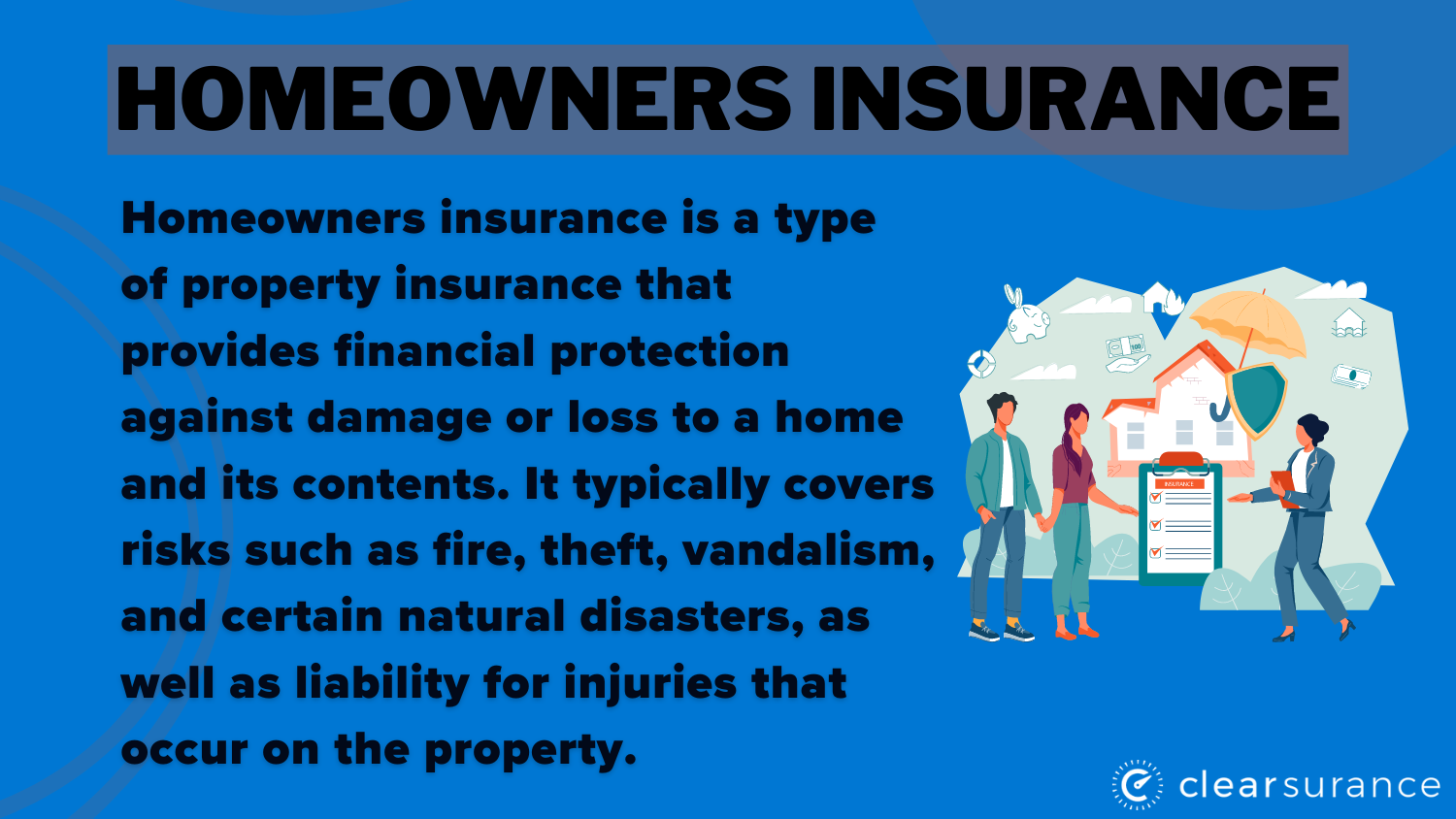
Some tree species are particularly prone to aggressively growing toward water leaks.
If you have any of the listed tree species in your yard — especially anywhere near your sewer line — watch them carefully, and perhaps call a licensed sewer specialist to check your sewer line and evaluate if sewer line repair insurance could help cover any potential leaks that might cause issues down the road.
Aging and regular use often cause sewer line failure, but "wear and tear" damage isn't usually covered. Standard exclusions like earthquake, flood, and water damage aren't covered by basic homeowners insurance. For earthquake and flood damage, or if you need homeowners insurance to cover water damage, you'll likely need a separate earthquake or flood insurance.
Understanding Sewer Line Damage and Insurance Coverage
In rare cases, the damage caused to a sewer line might be covered by insurance through sewage line coverage.
The portion of the sewer line that is on your property is considered an “other structure,” and would be covered under that part of your basic policy with sewer coverage, depending on what caused the damage.
| Type of Damage | Insurance Coverage Options |
|---|---|
| Tree Roots | Tree Root Intrusion Coverage (if included in standard policy or rider) |
| Aging Pipes | Old Pipe Replacement Endorsement |
| Ground Shifting | Earthquake or Ground Movement Endorsement |
| Clogs | Water Backup Coverage |
| Heavy Traffic or Construction | Construction Damage Coverage |
| Poor Installation | Installation Errors Protection |
| Chemical Corrosion | Environmental Hazard Endorsement |
| Extreme Temperatures | Weather-Related Damage Endorsement |
Damage caused by something out of your control or an “Act of God,” also known as a force majeure event, would be covered as long as it’s not specifically excluded from your policy (such as earthquakes and floods). So, if lightning strikes your yard and causes damage to your sewer line, that damage would likely be covered by your homeowners insurance.
Because force majeure events are out of human control, they are often covered by insurance, but it’s important to read your policy and understand exactly what it covers. An “Act of God” doesn’t excuse a homeowner from maintaining their property.
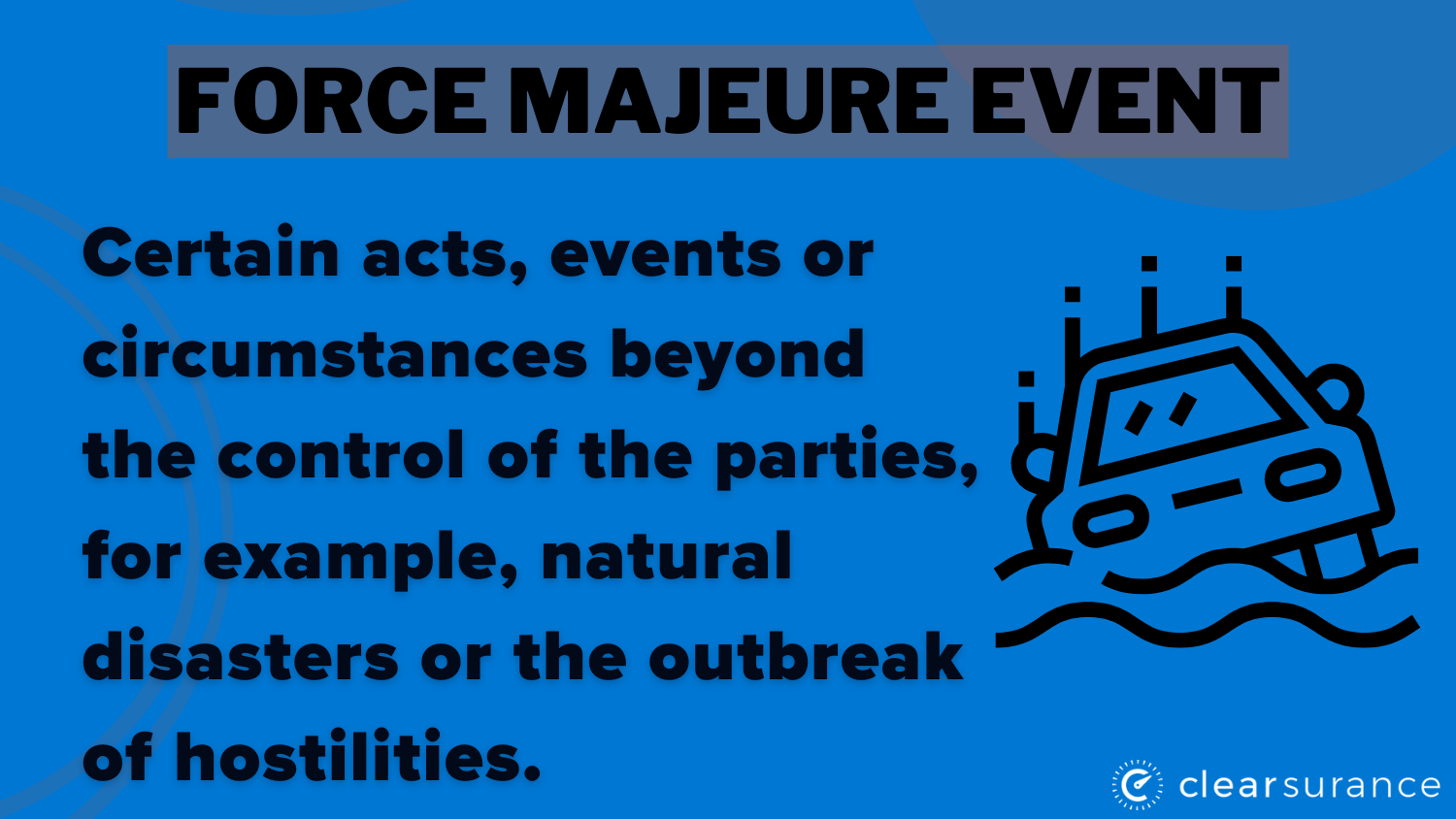
So if a storm causes a dead or diseased tree on your property to fall and that damages the sewer line, an insurer might find that the cause of the damage wasn’t the storm — it’s the tree that should have been removed as part of maintaining the property.
(For more information, read about: Does Homeowners Insurance Cover Tree Removal?)
Homeowners should review "other structures" coverage and note its limits. Most homeowners insurance policies limit coverage for other structures to 10% of the total value. For a $250,000 home, this means $25,000 in coverage, which may not be enough to cover sewer pipe damage if a lightning strike damages both your sewer line and detached garage.
Common Indicators of Sewer Line Damage
Since most sewer line damage won’t be covered by insurance for sewage pipes, the best thing you can do is to make sure your system is working properly.
Learn more by checking out our guide: Does renters insurance cover water damage?

That can be hard to do for a line that is buried underground, but there are some warning signs that might mean your system has a leak or is in the process of failing.
- High Water Bills: If your water bill is more expensive than usual, it might be a sign that your system has a leak.
- Damp, Wet, or Squishy Areas: These can appear in your yard along the sewer line, or closer to your house. If it’s been a particularly dry year, but one patch in your yard is staying stubbornly green and it’s along the sewer line, take note — it may indicate the need for sewer or septic line insurance to cover potential repairs.
- Bad Odors: Musty, mildew-smelling odors are signs that water is leaking and supporting mold growth; sewer gas smells are a sign of a potential clog or back up.
- Frequent Clogs: Clogs can result from excess toilet paper, improper materials, or system issues. If clogs occur frequently, it's crucial to find the source. In cases where the clogs lead to leaks or flooding, insurance for water damage might provide some protection depending on your policy, so it's crucial to review what is covered.
- Low Water Pressure: Both low water pressure and low water flow are potential signs of a leak somewhere along your home’s water system.
A number of these warning signs could be caused by several factors, so you might not have an expensive sewer repair on your hands if you observe one or more of them. But, if you’ve investigated several potential factors and still haven’t found the culprit, consider contacting a licensed sewer specialist or plumber to take a look.
Understanding Homeowners Policy Limits for Sewer Line Coverage
Again, it’s important to know what is in your homeowners policy, especially what the limits are for additional covered structures. If you own or are considering purchasing an older home, you might want to consider add-on coverage such as sewer insurance or sewer line insurance if it’s offered by your home insurance carrier.
Angi notes that some utility companies offer sewer drain coverage through protection plans, but these are typically sold by third parties and any consumer should read these types of policies very closely to understand what is and what is not covered by the utility company.
Make sure you know approximately where your sewer line is located on your property. This is important not only so you can pay attention to potential leaks, but it’s also important to know if you’re doing any landscaping —as this article has already covered, the placement of trees and other plants could impact your sewer line in an unpleasant and expensive way.
There are a lot of home insurance providers out there; if you’re considering finding a new carrier, take a look at things to know about home insurance and which insurers other homeowners have ranked the best.
Explore your auto insurance options by entering your ZIP code into our free comparison tool below today.
Frequently Asked Questions
Does Allstate homeowners insurance cover sewer line replacement?
No, Allstate homeowners insurance typically does not cover sewer line replacement due to wear and tear or age, but you can save money on homeowners insurance & prevent claims by adding optional coverage or maintaining your sewer lines regularly.
What is State Farm service line coverage?
State Farm offers service line coverage as an optional add-on to cover damage to underground lines like water and sewer pipes.
What is Allstate water and sewer line protection?
Allstate offers optional water and sewer line protection that covers damage to underground utility lines not covered by standard policies.
Does USAA homeowners insurance cover sewer line replacement?
USAA homeowners insurance typically does not cover sewer line replacement unless caused by a covered peril, such as sudden damage. It's one of the questions to ask when buying a house to ensure you're aware of potential coverage gaps.
What is Liberty Mutual sewer line coverage?
Liberty Mutual may offer optional sewer line coverage, protecting against damages to sewer lines on your property.
Does Geico offer sewer line insurance?
Geico does not include sewer line insurance in standard policies, but coverage may be available through third-party partnerships.
Does State Farm homeowners insurance cover sewer line replacement?
State Farm generally excludes sewer line replacement due to age or damage but may cover sudden events causing failure, as outlined in this practical guide for understanding homeowners insurance.
What is Travelers buried utility lines coverage?
Travelers offers coverage for buried utility lines, including water and sewer lines, through an optional add-on.
Does Travelers provide sewer line coverage?
Yes, Travelers provides sewer line coverage as part of its buried utility lines protection, available as an add-on to standard policies.
Does USAA homeowners insurance cover foundation repairs?
USAA homeowners insurance does not typically cover foundation repairs unless they result from a covered peril like sudden collapse. However, exploring ways customers say they’ve saved on homeowners insurance might help in finding additional coverage options or discounts.
What is Progressive sewer line insurance?
Progressive may offer sewer line insurance as part of a service line coverage add-on, protecting underground lines.
What is NJ American Water sewer line protection?
NJ American Water offers sewer line protection plans that cover the cost of repairs or replacement for damaged sewer lines.
Are tree roots in sewer lines covered by insurance?
Most standard homeowners policies do not cover sewer line damage caused by tree roots as it's considered a maintenance issue. Similarly, does homeowners insurance cover tree removal? In most cases, tree removal is only covered if the tree caused damage to a covered structure.
What is USAA water line insurance?
USAA offers optional water line insurance, covering damage to underground water lines not included in standard homeowners policies.
Will my home insurance cover a water leak?
Home insurance typically covers water leaks caused by sudden or accidental damage, but not for gradual leaks due to wear and tear.
The best place to start when you want affordable home insurance is to enter your ZIP code into our free comparison tool below.
The content on this site is offered only as a public service to the web community and does not constitute solicitation or provision of legal advice. This site should not be used as a substitute for obtaining legal advice from an insurance company or an attorney licensed or authorized to practice in your jurisdiction. You should always consult a suitably qualified attorney regarding any specific legal problem or matter. The comments and opinions expressed on this site are of the individual author and may not reflect the opinions of the insurance company or any individual attorney.




